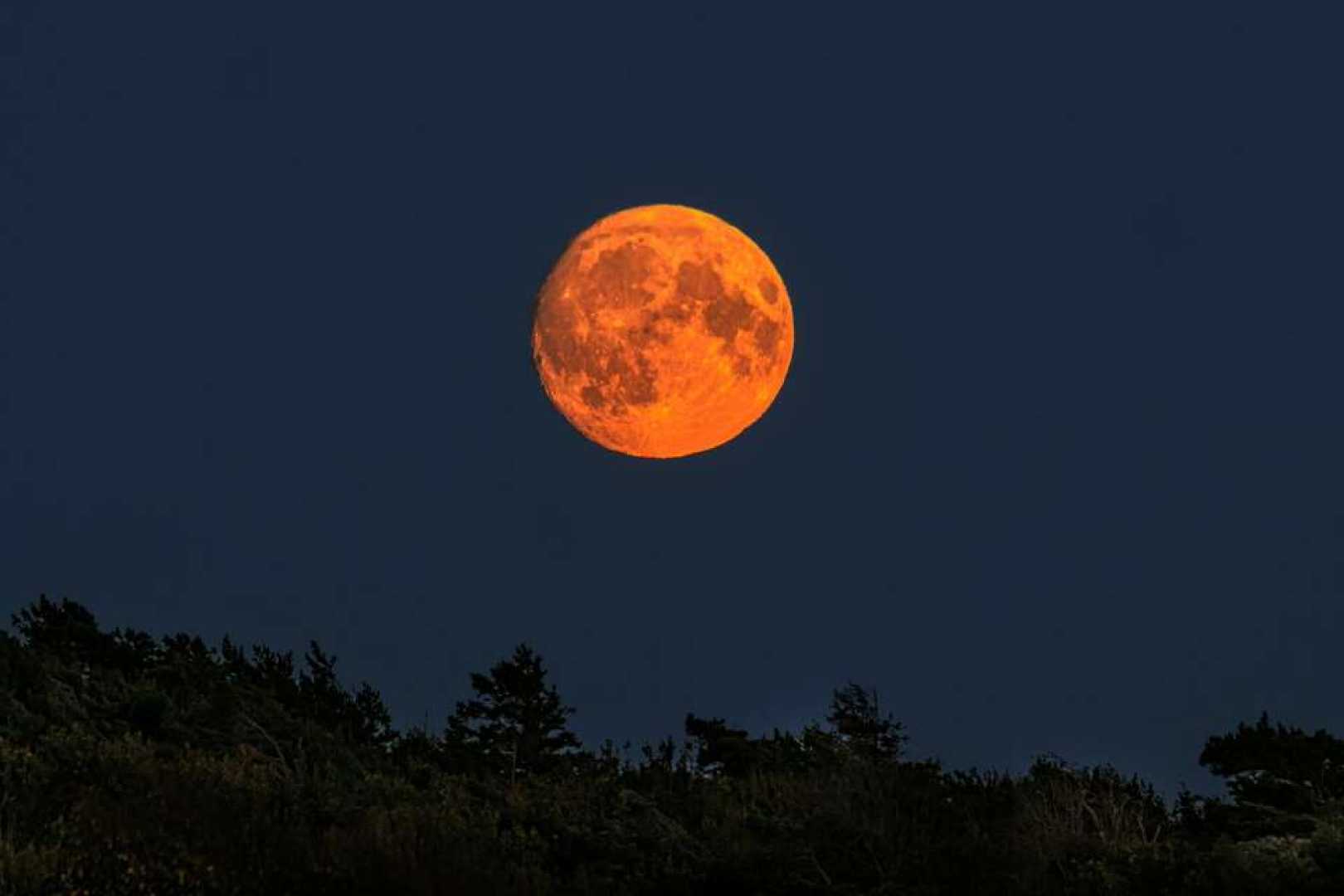World
Wolf Moon to Illuminate Skies, Occult Mars in Rare Celestial Event

The first full moon of 2025, known as the ‘Wolf Moon,’ will rise on Monday, Jan. 13, offering skywatchers a rare celestial spectacle as it temporarily obscures Mars in a lunar occultation. The event will be visible across much of North America, with peak illumination occurring at 5:27 p.m. EST.
The Wolf Moon, named for the increased howling of wolves during winter nights, will appear full for about three days around its peak. During this time, the moon will pass in front of Mars, creating a stunning visual for observers. According to NASA, the occultation will be visible to most of the continental United States and parts of Canada.
‘Howling and other wolf vocalizations are heard in the wintertime to locate pack members, reinforce social bonds, define territory, and coordinate hunting,’ explains the Farmers' Almanac. While wolves do not howl at the moon, their nocturnal activity during winter months has long been associated with this celestial event.
The moon will appear full when it is on the exact opposite side of Earth from the sun, fully illuminated by the sun’s rays. Mars, glowing at magnitude -1.3, will be near its brightest for the year during the occultation. However, the moon’s brilliance, nearly 40,000 times brighter than Mars, may make the planet challenging to see without optical aid.
For those in the occultation zone, the event will be a rare treat. ‘An opportunity to see the moon occult a bright planet at night does not happen too often,’ says Joe Rao, Space.com‘s skywatching columnist. The next favorable occultation of Mars for North America will not occur until Feb. 5, 2042.
Observers in cities like Los Angeles, Seattle, and New York will witness Mars disappearing and reappearing behind the moon over the course of about an hour. In some locations, such as Port Angeles, Washington, a partial occultation will occur, with Mars skirting the edge of the moon for several minutes.
Mars will reach opposition on Jan. 15, just two days after the occultation, marking its closest approach to Earth for the year. Despite being farther than average in 2025, Mars will still shine brightly in the night sky, offering a striking contrast to the Wolf Moon.
For those unable to witness the event in person, Space.com and other astronomy websites will provide live updates and images. Skywatchers are encouraged to use binoculars or telescopes for the best view of this rare celestial alignment.












